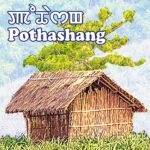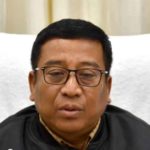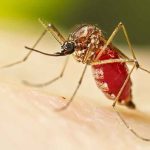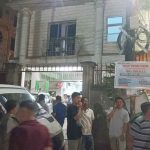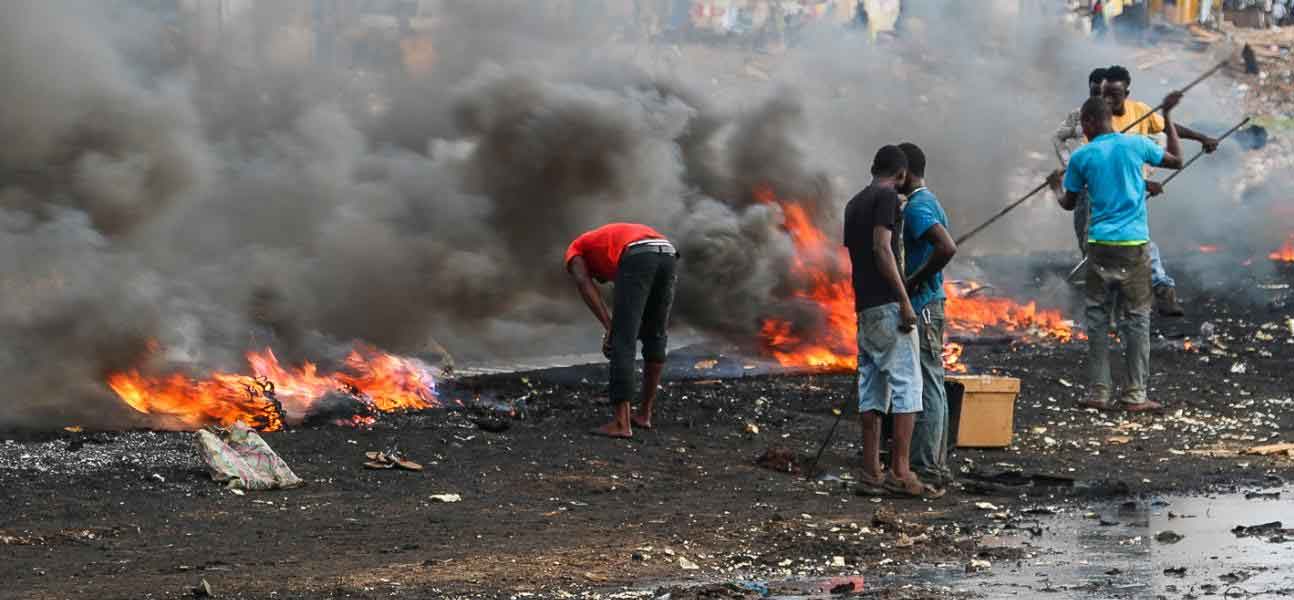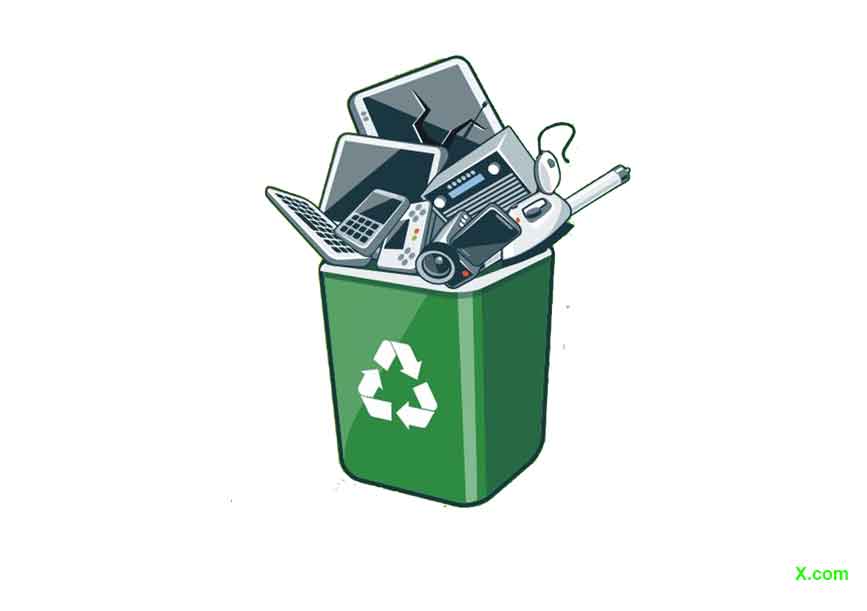
None of us want to live in poverty. Poverty is a disease that has no cure. The deeper this disease is, the deeper its wound. International Day for the Eradication of Poverty is celebrated on 17th October. The theme for this year is ‘Dignity For All in Practice’ with the aim to eradicate poverty and destitution worldwide. The dignity of the human being is not only a fundamental right in itself but constitutes the basis for life.
Poverty is a situation when a person starts to lack important things such as food, clothes, roof, medicines etc. to continue his life. Inequalities of opportunities and income are sharply on the rise and the gap between the rich and poor gets even wider each day. Due to various factors, every year, millions faced the jobs erosion and unprecedentedly increase in poverty. Poverty and inequality are not inevitable.
WWF reports that 300 million call forest home and 1.6 billion depend on it for their livelihood. Thus, without forest, poverty increases. Climate change and global warming constitutes new violence against people living in poverty. These communities are unduly burdened by the natural disasters and environmental degradation, leading to the destruction of their homes, crops and livelihoods. But thousands of forest dwellers have traditionally managed and controlled the forests and ensure sustainable use of their lives.
Now climate is the driving factor for natural disasters giving a serious impact on poverty. Poverty is also caused from population explosion, diseases, natural disasters, wars, low agricultural yields, unemployment, casteism, untouchability, illiteracy, gender inequality, political violence, sponsored crime, corruption, inaction and ancient social beliefs etc.
Over the next decade, World Bank estimates that one billion young people will try to enter the job market, but even half of them will not get it. UNICEF estimates that one in four children are engaged in child labour jeopardising themselves and their families to lift out of poverty.
Poverty is akin to being a slave. Living in a world of poverty is a curse. Poverty makes children spend life in compulsion. About half of India’s population suffers from this epidemic. Poverty is not just a human problem but it is against the national security. Poverty robs people of their freedom, mental health, physical well-being and personal safety. Mahatma Gandhi once said “Poverty is the worst form of violence”.
It is very important to recognize that poverty and environment are interrelated. Poverty among people puts stress on the environment; at the same time environmental problems cause severe suffering to the poor. People, whether they are rich or poor, consume water, food and natural resources in order to remain alive. All economic activities are directly or indirectly based on natural resources and any pressure on natural resources can cause environmental stress.
Poverty often causes people for more exploitation of natural resources and deforestation. On the other hand, environmental problems add more miseries to the poor. Environmental damages can be prevented by people, especially the poor, as poor people rely more directly on the environment than the rich. They are mostly on the receiving end of environmental problems.
Environmental degradation due to pervasive poverty is a matter of great concern in both rural and urban areas in India. The interaction of poverty and environmental degradation sets off a downward spiral of ecological deterioration that threatens the physical security, economical well being and health of many of the country’s poorest people.
WHO has called the poverty the world’s biggest killer. Although efforts to reduce poverty and increase income levels continue, the key to identify new strategies lies only as an understanding among the nations. This implies that developed countries will need to play a proactive role in accepting responsibility and should bear a larger burden through the means they have at their disposal, particularly spending their wealth to improve poverty and in conserving the environment.
In Manipur agriculture is main source of economy and food sector contribute 22.13% of state’s GDP according to 2011 census. About 7.41% of the geographical area i.e. 231.19 sq. km is used for cultivation in which rice accounting for about 98% and 52% of cultivation confined mainly in the valley. Thus 67% of the state population is in agriculture sector.
There are18 main cultivated crops in the state which are under tremendous pressure. While our food production is 33,000 MT annually, the requirement is for 60,000 MT. To meet the gap, cultivation with high-yielding varieties is also next to impossible. Now food production in Manipur is crucial due to irregular & erratic monsoon, floods, tropical cyclones, flash flood, heat and cold waves. Thus, poverty rises in the state each year.
The poverty and environment are inseparably intertwined. Sacrificing environment for poverty will also be an injustice for the planet. People living in poverty are the first to act decisively within their communities in response to poverty, climate change and environmental challenges.
Participation of the poor themselves and recognising their rights has been at the center point of today’s celebration. Therefore with coming the International Day for Eradication of Poverty-2023, let’s uproot poverty, save food and the environment for a better future.
N. Munal Meitei
Environmentalist, email- nmunall@yahoo.in


